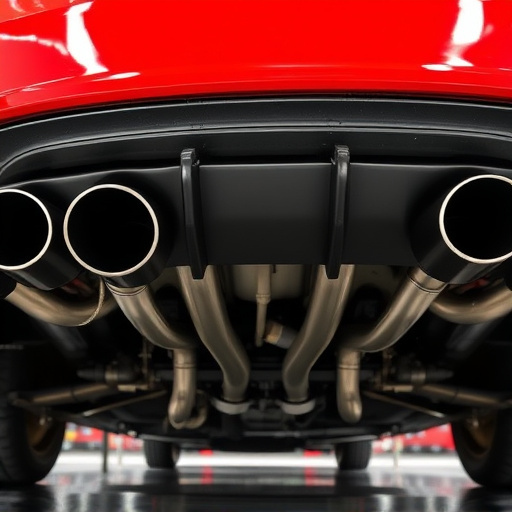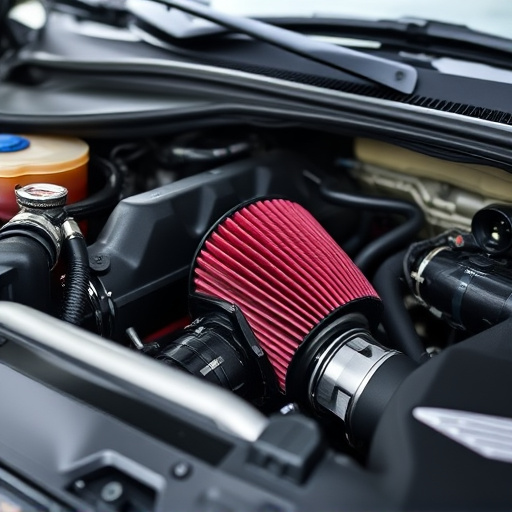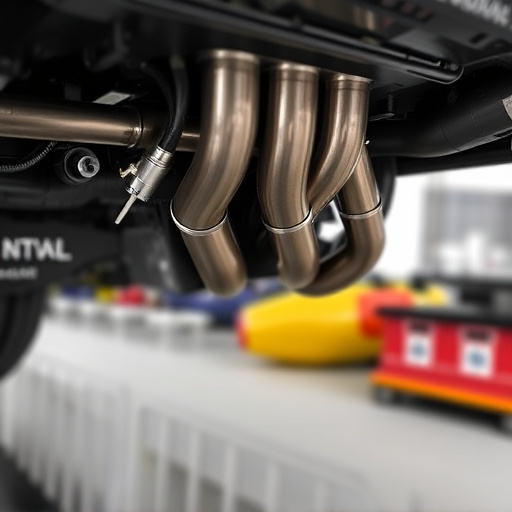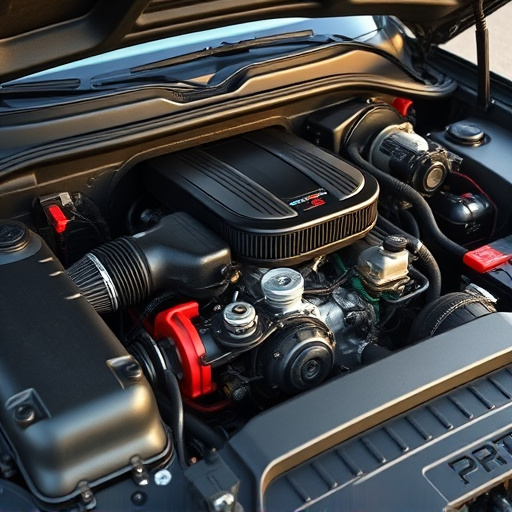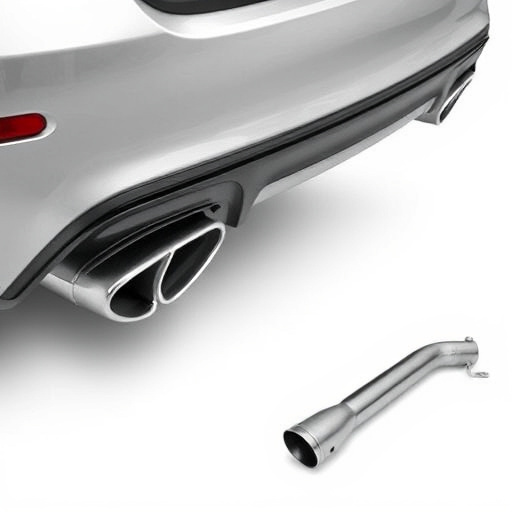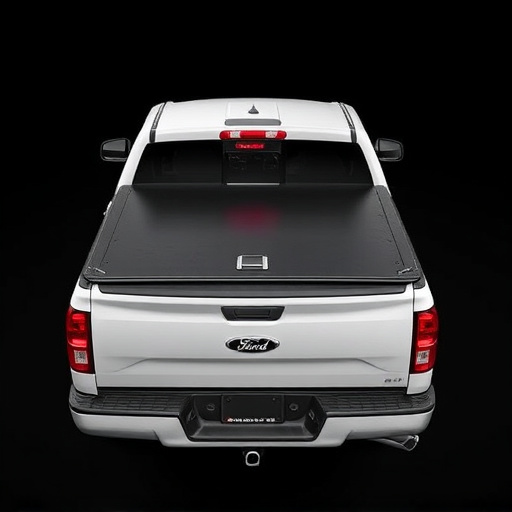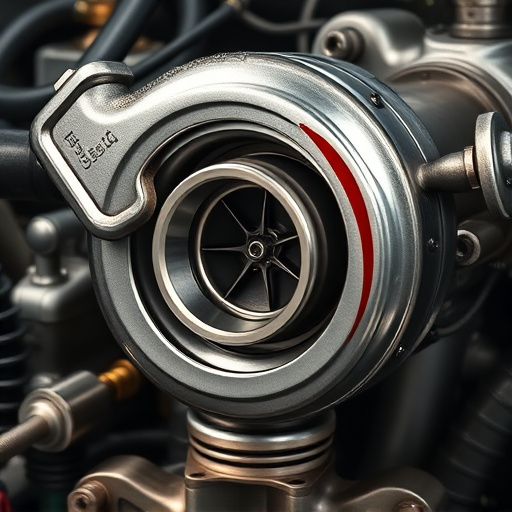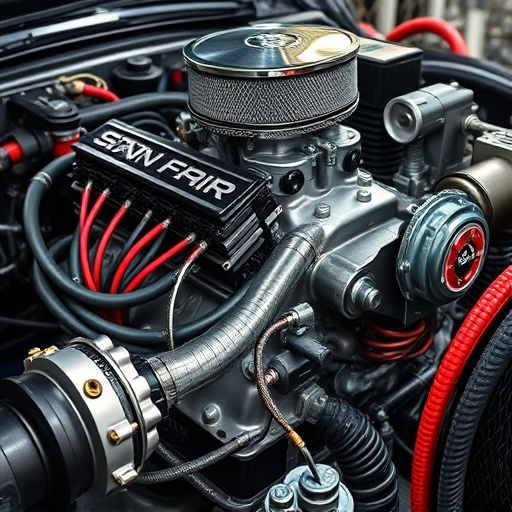The vehicle suspension system ensures safe, smooth rides. Common issues like uneven tire wear or strange noises signal problems with parts like control arms, ball joints, shocks, etc. Regular visual inspections and advanced diagnostics are crucial for early detection to prevent severe damage. Understanding subtle signs of wear and more serious indicators guides repairs or full suspension replacement, maintaining optimal vehicle performance and safety.
Is your ride feeling wobbly? A failing vehicle suspension system can compromise your safety and driving experience. Learn to recognize common issues like uneven tire wear, nosy handling, or a rough ride, which could indicate problems with shocks, struts, or control arms. This guide breaks down testing methods for accurate diagnosis and helps you decide between repair and replacement for your vehicle’s critical suspension components.
- Recognizing Common Suspension System Issues
- Testing and Diagnosing Suspension Failure
- Repair vs. Replacement: When to Replace Your Vehicle's Suspension
Recognizing Common Suspension System Issues
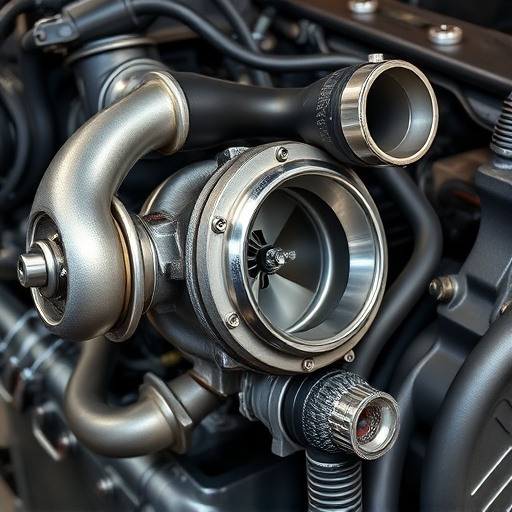
The vehicle suspension system is a complex network of parts that work together to ensure a smooth and safe ride. Recognizing common issues in this system can help drivers catch problems early, preventing more severe damage and costly repairs. One of the first signs of trouble is an uneven tire wear pattern. If your tires are wearing down faster on one side than the other, or if you notice a noticeable dip in one tire, it could indicate suspension issues, such as worn out control arms or ball joints.
Another symptom to watch for is excessive bumping or jostling while driving over bumps or uneven roads. This may suggest problems with shock absorbers or struts, which are responsible for dampening road vibrations. Additionally, strange noises coming from the front or rear of your vehicle during cornering or turning can point to issues with suspension components like sway bars or bushings. For those looking to enhance their vehicle’s performance, considering upgrades such as high-performance parts and improved intake components might be a good option. Even if you opt for performance brakes, keeping an eye on the suspension health remains paramount.
Testing and Diagnosing Suspension Failure
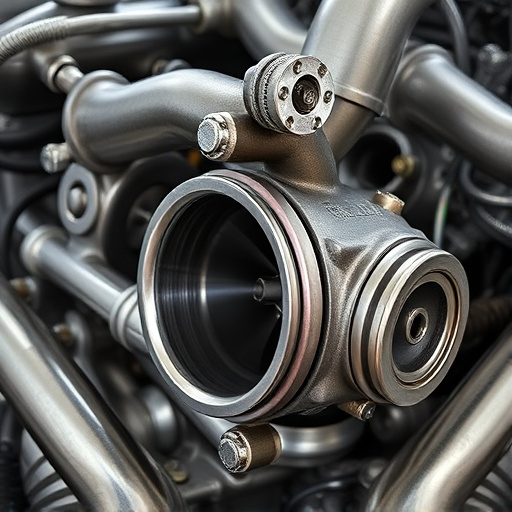
If you suspect your vehicle’s suspension system is failing, it’s crucial to conduct thorough testing and diagnosis to pinpoint the issue accurately. One effective method is to perform a visual inspection, checking for any signs of damage or wear on the suspension components such as shocks, struts, control arms, and bushings. Look for leaks or corrosion, which could indicate compromised integrity. Additionally, assess how smoothly your vehicle’s wheels roll over bumps; if you notice a significant decline in ride quality, it might suggest suspension problems.
For more precise diagnosis, utilize advanced tools designed for testing the performance of brakes, cat-back exhaust systems, and air filter kits—while these components aren’t directly part of the suspension system, they can be indirectly affected by its failure. Run computer diagnostics to check for error codes, as these can point towards issues with sensors or electronic control units linked to your vehicle’s suspension. Remember, early detection is key to preventing more serious problems and ensuring optimal vehicle performance.
Repair vs. Replacement: When to Replace Your Vehicle's Suspension
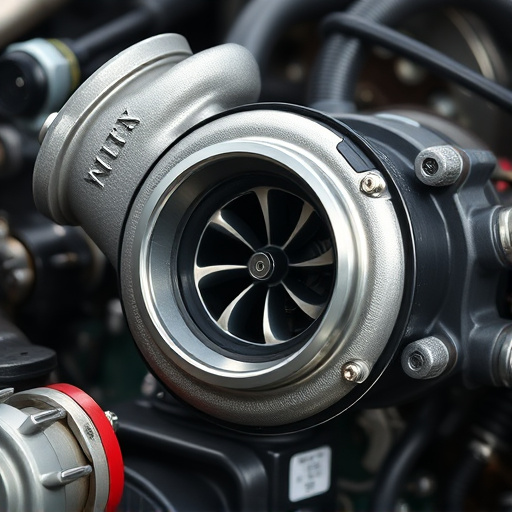
When it comes to the health of your vehicle’s suspension system, understanding when to repair and when to replace is crucial. The decision between fixing specific components versus replacing the entire system depends on various factors. If you’re noticing subtle signs like increased body roll during turns or a wobble at higher speeds, these could indicate worn-out bushings, ball joints, or control arms – all of which can usually be repaired.
However, if your vehicle is exhibiting severe issues such as uneven tire wear, irregular handling, or a noticeable dip in performance (especially with modified vehicles equipped with performance air filters or coilover kits), these may point to more significant problems within the suspension system. In such cases, replacement might be the better option. Regular maintenance and timely repairs can extend the life of your vehicle’s intake components, but if damage is extensive, a complete suspension replacement could be necessary for optimal safety and driving dynamics.
A faulty vehicle suspension system can compromise both your safety and driving experience. By recognizing common issues like increased ride height, irregular tire wear, and handling problems, you can proactively test and diagnose potential failures. Understanding when to opt for repairs or replacements is crucial, as prompt action ensures a smoother, safer journey. Regular maintenance and timely intervention are key to keeping your vehicle’s suspension system in top shape.



